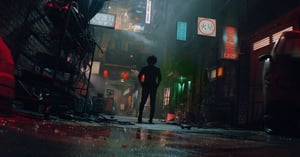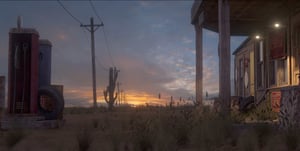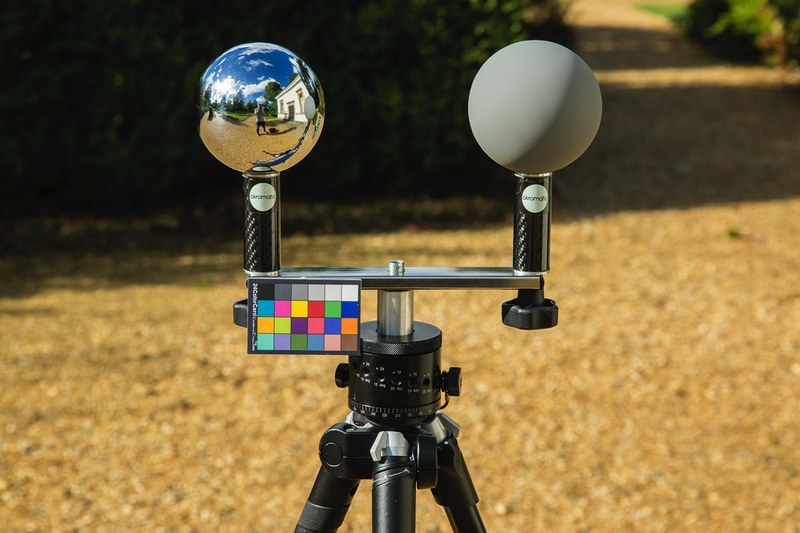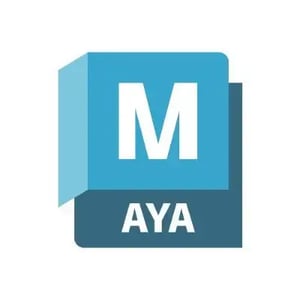
VFX Lighting Artist
Image: Netflix
TABLE OF CONTENTS
What does a 3D lighting artist do?
3D Lighting artists, also known as lighting TDs, place virtual lights in 3D scenes and adjust them to correspond with a live-action plate or CG environment of a film, TV series, or game. They are responsible for combining all required upstream CG elements, such as digital environments and sets, animation, and FX caches, and rendering them to ensure they look and perform correctly (both technically and aesthetically).
VFX lighting artist job description
A VFX lighter has a similar purpose to a live-action lighter on a film set: adding authenticity, maintaining continuity, and setting an appropriate ambiance (color tone and hue, depth, mood) for each scene. This includes matching external elements like the weather and time of day. VFX lighters also use various shader settings to create visual effects like reflections and the appearance of wet surfaces.
Lighting artists work closely with look development artists to evaluate assets in a shot context, and with compositors to ensure continuity across sequences.
Role and responsibilities of a lighting artist in visual effects may include:
- Rendering shots (either digitally integrated VFX or full CG) including non-lighting passes as required by other departments
- Compile all upstream elements such as environments, animation, simulation, and FX caches and work with compositors to final shots
- Create or implement light rigs from either on set reference or concept art
- Navigate and use previous setups for sequences, to develop or match key shots
- Management of volumetric light setups, including shadowing and cucoloris development
- Working with shadows to create depth and realism
- Adding glowing elements to create a magical or futuristic feel
- Creating efficient rendering setups in order to optimize render farm usage
- Scrutinizing the colors and directions of all light sources in the real-world scene and replicating them in CG
- Wrangling assets or elements of a shot from another department to ensure shots are completed to schedule
- Light and render assets using CG hair and scattering skin materials.

How much does a lighting artist make?
The average salary for a VFX lighting artist ranges between $76,000 and $142,000 (USD). [Source: GlassDoor]
Skills required to become a lighting artist
Along with a unique set of technical skills, a VFX lighting artist must have an eye for detail and be able to create visually stunning scenes. Because the lighting department is responsible for compiling all 3D assets and elements, they must also have an excellent understanding of the VFX pipeline and a general idea about how other departments work so as to be able to detect any issues within their shots.
Recruiters may look for the following skills when hiring a VFX lighting artist:
-
In-depth knowledge of software applications used specifically for lighting
- Strong knowledge in physical-based rendering - shading, and lighting
-
Technical knowledge of path tracing
- Extensive experience using 3D software
- Strong artistic eye and understanding of color, lighting, and image analysis
- On set data capturing experience (HDRIs)
- Experience with handling and assembling complex scenes efficiently
 Chrome balls and Macbeth color chart. These are filmed on set to assist lighting artists in post-production when creating HDRIs.
Chrome balls and Macbeth color chart. These are filmed on set to assist lighting artists in post-production when creating HDRIs.
What software and tools do VFX lighting artists use?
Lighting artists must know their way around 3D and rendering software and programming languages like OpScript and Python are also useful.
Some typical programs used by lighters include:

Maya is a comprehensive 3D animation software used for creating detailed models, animations, and visual effects. It's popular in film, TV, and game development for its powerful tools.

3ds Max is a professional 3D computer graphics program for making 3D animations, models, games and images. It is developed and produced by Autodesk Media and Entertainment.

Nuke is a node-based digital compositing and visual effects application first developed by Digital Domain and used for television and film post-production
How to become a VFX lighting artist
To get a job in VFX, you’ll need an amazing demo reel! Here are some tips to get you started. Don't forget to check out VFX supervisor Jorge Razon's top demo real and interview tips.
- Students, keep your reel < 1 min. If you have 1–2 years experience, < 2 mins.
- Include any production experience you have.
- Breakdowns are good but keep it to 3–4 quick wipes.
- Always Include breakdown descriptions where applicable.
- Use Vimeo— the video quality is better than YouTube.
- Everything in your reel should be 10/10, do not include mediocre work.
- Keep the music fairly conservative, nobody listens to it anyway.
- Watch your reel a lot of times and look for comp, edit, frame or spelling errors.
- Get feedback from at least 3 instructors or industry pros before releasing online.
- Show reference footage when applicable.
- Share your reel with the world via LinkedIn, Facebook, Instagram.
Almost all schools train students to become generalists. If you are applying for VFX jobs at a small studio with less than 30 artists, they will most likely want a generalist. Larger studios will have separate departments, so a more specialized set of skills is desirable.

Ready to Start Your Film & Games Journey?
Download our course guide to see how we can help you on your pathway to your dream career.
Industry Pathways
Welcome to our brand new series, Industry Paths. Tune in to meet our professional mentors from across the film, games, and visualization industries and hear directly from them about how they got started, what a day in their life looks like, and why they do what they do. In this episode, you'll hear from Daniel Hourigan, CG Spectrum's VFX Manager.
Tips to break into the VFX industry
Increase your chances of getting hired with these strategies for success:
Download software
Trial VFX programs like Maya, Nuke or Houdini Apprentice.
Build skills
Build the skills companies are listing on job sites. For more support, enroll in a reputable course. CG Spectrum’s FX courses include mentorship from VFX pros and an industry-led curriculum.
Watch trends
Online tutorials, webinars, and events can help keep your skills fresh.
Network
Networking is vital. Familiarize yourself with the industry and build your community. Interact online and in real life with industry pros who might offer advice, insights, or job opportunities.
Intern
Internships at VFX or game studios can help you break into the industry. It’s one way to gain hands-on experience, network, and experience studio life.
Join contests
Practice your skills and create assets for your reel by participating in contests and challenges on sites like The Rookies and ArtStation
Share work
Social media is great for showcasing work, building an audience, having your work shared by others, and seen by potential clients and collaborators.


